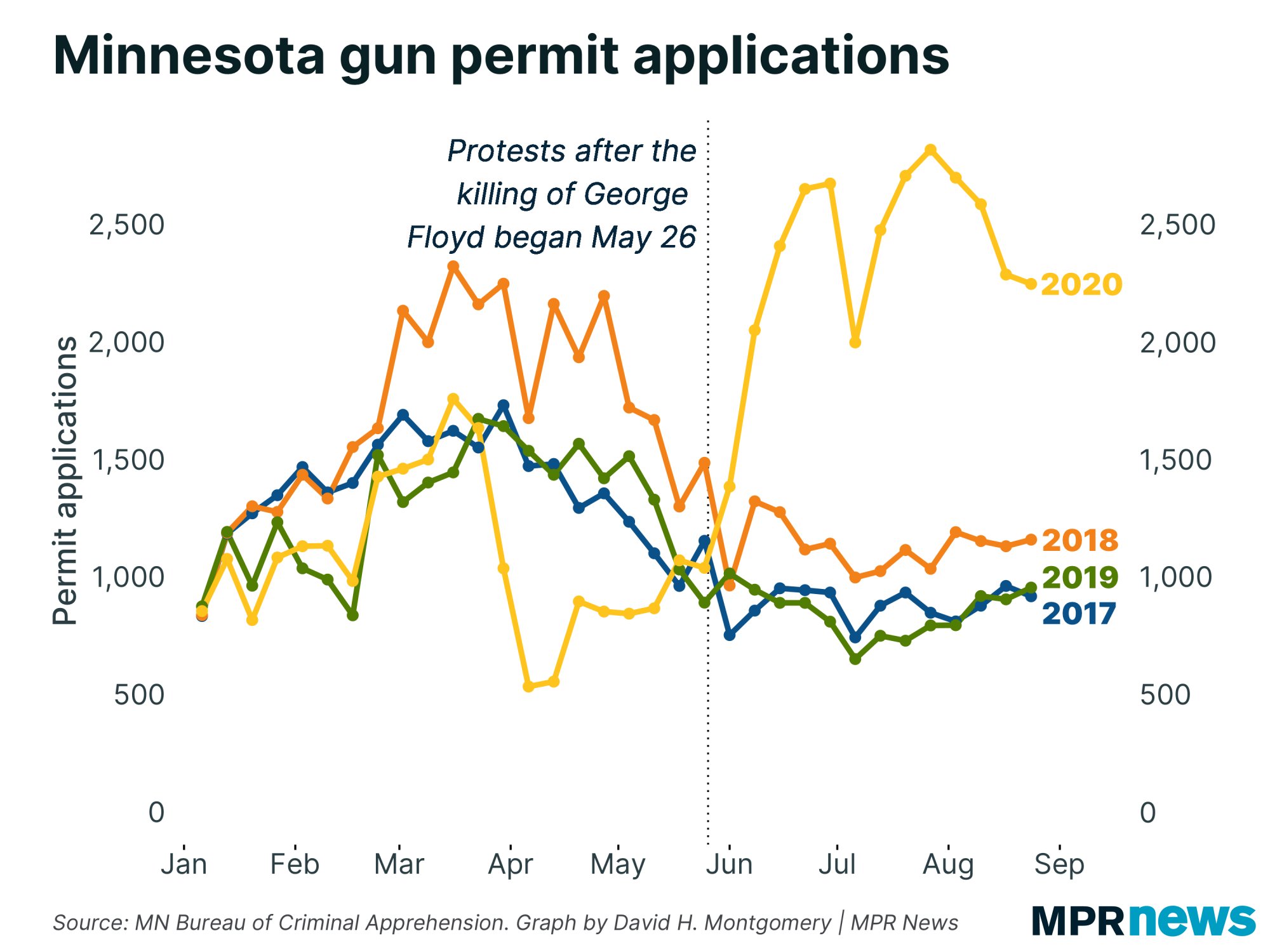Gun Control Absent From Presidential Debate
With last night’s debate between President Donald Trump and former Vice President Joe Biden, it seemed likely that gun control would be a topic of discussion. After all, it was a driving issue during the Democratic primary, one at least two candidates decided to make a focal point of their campaigns. It was a recurring theme during Democratic debates as well.
However, now, things are different. It seems that everyone is trying to pretend that gun control was never a topic to begin with, from the gun control groups and now, even the presidential campaigns.
Oh, guns weren’t absent. It seems that gun violence was a major topic of debate. Especially in places like Chicago.
With the surge in violence we’re seeing all over the nation, that’s hardly surprising. It’s an alarming development in a year of alarming developments, to say the least. Yet this one, at least, feels like something people can turn to politicians to solve, so they have.
But absent from any mention of the debates? Gun control.
This issue that seemed poised to shape at least part of the presidential election has largely fizzled out. Oh, Biden still wants gun control and we know that if he’s elected, we’ll likely see it, but no one wants to talk about it, apparently.
Why?
Following the shooting in Marjory Stoneman-Douglas Highschool in Parkland, gun control was all anyone could seemingly talk about. It made gun control fashionable.
What’s more, gun control didn’t fade into the background like it normally does following a mass shooting. The media made it a point to push people like David Hogg in our faces to keep gun control in the foreground. It couldn’t die if the media kept focusing on it.
Then COVID-19 hit.
At that point, the media had more important things to talk about. Further, millions upon millions of Americans went out and bought guns. After all, a deadly pandemic was here. People were going to die and it wasn’t out of the realm of possibility for there to be some real problems with our supply chain. In fact, there was, and no one had any reason to believe it couldn’t get worse. What happens when people can’t get food?
For times like that, you need a gun.
Continue reading “”



